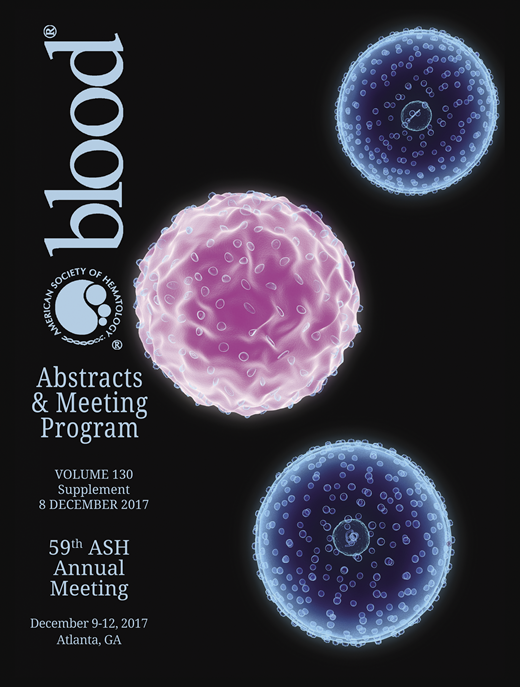Abstract
Post-translational modifications (PTMs) can regulate protein activity; one such modification is O-GlcNAcylation. O-GlcNAcylation is involved in the regulation of many cellular processes such as stress response, cell cycle progression, and transcription. The O-GlcNAc PTM is the attachment of a single N-acetyl-glucosamine moiety to either a serine or threonine residue on nuclear and cytoplasmic proteins. O-GlcNAc is added to proteins by O-GlcNAc transferase (OGT) and removed by O-GlcNAcase (OGA) in response to changes in extracellular signals and nutrients. A balance in protein levels exists between these two enzymes; an increase or decrease of one results in a like compensatory change in the other. Thus, the rate of O-GlcNAc addition and removal is a dynamic cycling event that is exquisitely controlled for a given target molecule, which may be exploited therapeutically to alter gene expression. We previously demonstrated that O-GlcNAc plays a role in regulating human γ-globin gene transcription during development in human β-globin locus yeast artificial chromosome (β-YAC) transgenic mice and derivative immortalized bone marrow cells. OGT and OGA interact with Mi2β, a component of the GATA-1-FOG-Mi2b repressor complex that binds the -566 GATA site of the Aγ-globin promoter when γ-globin gene expression is silent. O-GlcNAcylation of Mi2βstimulates formation of this repressor complex, whereas removal of this PTM results in activation of Aγ-globin gene expression. Thus, O-GlcNAc cycling is a novel γ-globin regulatory mechanism, which might be modulated to increase fetal hemoglobin (HbF).
Since O-GlcNAcylation involves input from multiple metabolic pathways, the modification acts as a general sensor of a cellular homeostasis. Thus, in response to environmental cues, the addition and removal of O-GlcNAc from proteins may be variably altered with potential effects on biochemical and transcriptional pathways essential for erythropoiesis. To better understand the mechanism as to how O-GlcNAcylation regulates β-like globin gene switching and whether it plays a role in erythropoiesis, we developed several new, innovative mouse models. These include erythroid-specific OGT conditional knockout mice, and transgenic mice with erythroid-specific enforced expression of human OGT or OGA to examine the effect of OGT loss-of-function or OGT/OGA gain-of-function on erythroid development in vivo . We utilized erythropoietin receptor promoter-Cre (ErGFPcre) mice or produced new tamoxifen-inducible μLCR-β-globin promoter-Cre (μLCR-β promoter-ERT2CreERT2) mice that were bred with floxed OGT mice to produce early erythroid progenitor-specific or tamoxifen-inducible erythroid-specific knockouts of OGT, respectively. In all instances, the final mice also contained the human β-YAC reporter transgene. Knockout of OGT using ErGFPcre results in fetal death during embryogenesis. Although conceptuses may be recovered up through embryonic day E12, they completely lack red blood cells and some organ anomalies are observed. An intermediate, anemic phenotype is observed when the knockout is incomplete. Adult floxed OGT, μLCR-β promoter-ERT2CreERT2 β-YAC mice treated with tamoxifen develop an anemia that is dose-time-dependent and ultimately correlates with the level of OGT still present. We present phenotypic and molecular data related to the hematopoietic system, including anemia, blood cell histology and morphology, standard blood indices and β-like globin gene expression during embryonic, fetal and adult stages of erythropoiesis for both the LOF and GOF mice.
Understanding the molecular and cellular components of erythropoiesis is critical for treating anemia and other hematopoietic diseases which affect roughly 3 million Americans and 28% of the population worldwide. In a more general sense, our work may provide insight into the role of O-GlcNAc in regulating developmental and differentiation processes.
No relevant conflicts of interest to declare.
Author notes
Asterisk with author names denotes non-ASH members.

